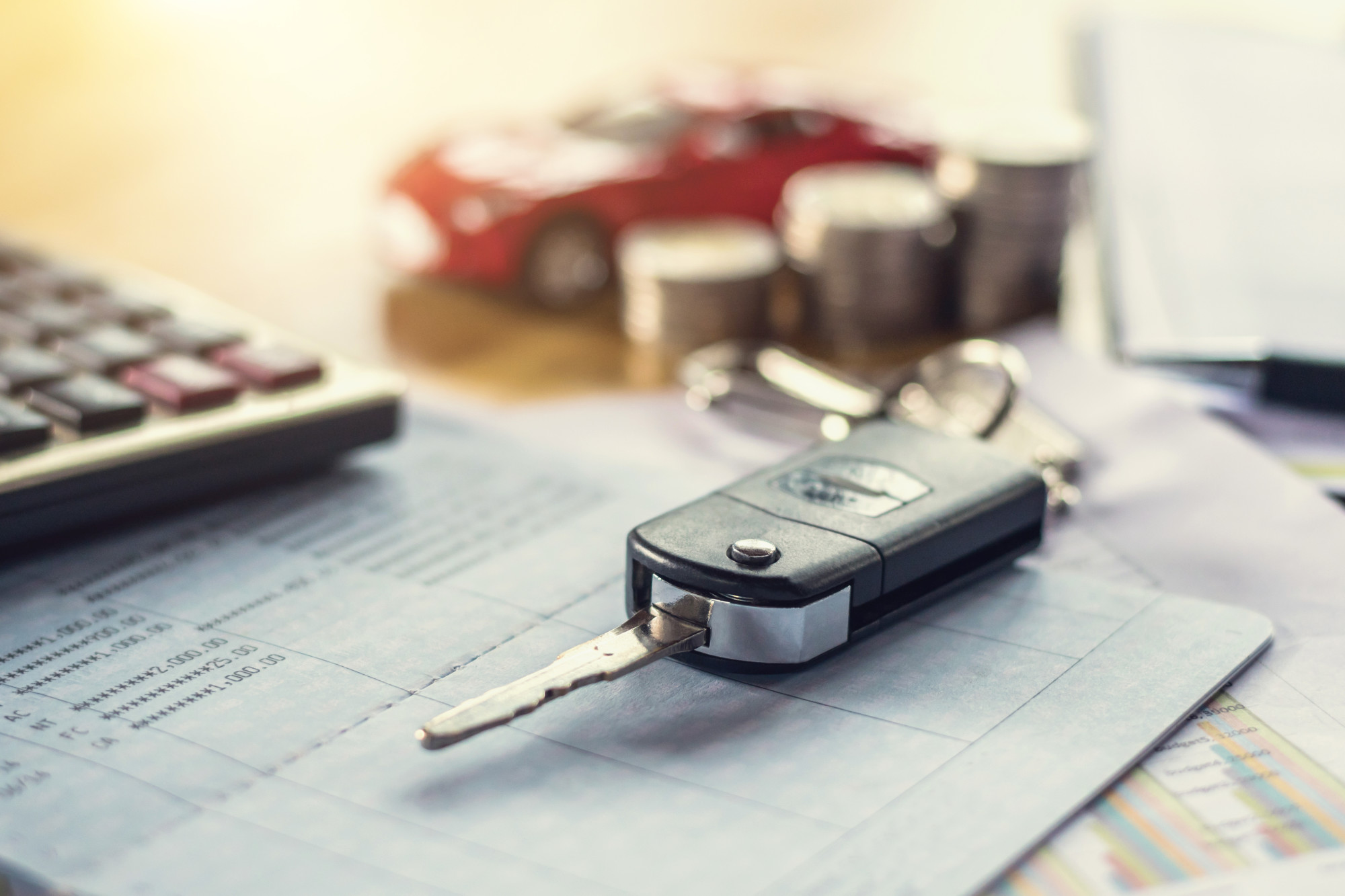
There’s no set time for how often you should check for new rates on your car insurance. It’s up to you, and you will be the best judge of what to look for in a policy. From every six months to every three years, checking your auto insurance rates regularly can ensure you never pay more than you need to for car insurance. Here are a few tips to getting the best deals when you do shop around:
- Know your current policy.
- Keep your information up to date.
- Check for free quotes.
- Ask about new discounts.
Most experts agree that every time your policy is set to expire, you should at least check other quotes. Thirty days in advance is the best time to shop car insurance deals. Don’t forget to check for loyalty discounts with your current policyholder before you consider switching. The purpose of shopping around for car insurance is to make sure you are always getting the best deal. Keep in mind you can be penalized for leaving a policy early, and your current policyholder may reward longevity. Always compare your current policy with any others you’re considering. Read on for how often to check your auto insurance rate and click here for more business news.
30 Days Before Your Plan’s Expiration
The best option if you’re constantly searching for the lowest available rates is to check other quotes no less than thirty days before your current policy expires. This can be anywhere from six months to two years, depending on your plan and provider details. If you wait for your current plan to come to an end, you may be eligible for new client discounts elsewhere. Also, check with your provider for a loyalty discount if you’ve been a customer for some time.
Don’t forget to check for other discounts. Especially if you maintain a good driving record and credit score, you will be eligible for new discounts based on your updated information. Be sure to compare at least three quotes with similar plans. Include your current policy and be sure to check for new discounts from your current provider. You don’t want to sacrifice coverage for a lower price unless that’s your money-saving objective, so be sure to compare plans of similar value. Keep in mind five of the most basic reasons for switching or adding coverage:
- Adding or removing a vehicle.
- Adding or removing a driver.
- Updating vehicle mileage.
- Lowering coverage options.
- Increasing deductible amount.
Twice a Year
This is a good second option for money-savers. If you’re satisfied with your coverage and premium cost, there’s no need to look more than twice a year for updated quotes. You want to avoid leaving any policy you have early unless you can offset any penalties for doing so with savings found elsewhere. Every time your car insurance situation changes, such as with a marriage or a new teen driver, update your info and check for new discounts. Gather your information and do a quick scan of free quotes online or call up your local agent. It shouldn’t take more than a few minutes to check all your options if you keep good records and know your coverage and money-saving strategies.
Keep in mind you can always downgrade coverage on unused or older vehicles or raise your deductible if you have the cash to cover that deductible in case of an incident. Looking into all your coverage and discount options up to twice a year can keep you in the know about the best rates and customer service teams.
Once a Year
If you’re interested in saving money but want to make sure your coverage and premiums stay fluid and dynamic, consider checking your quote options once a year. After the holidays is always a good time to check for extra discounts and be aware of new competitors entering your local market. These can be big box companies that are expanding or new local options in your area.
Once Every Two to Three Years
If you’re satisfied with your coverage and premium options, you should still check your options from time to time to keep your rates from stagnating. You will save more money in the long run if you check your quotes from time to time. If there’s no need to change your policy, then you can compare rates every year or two. When you get a new vehicle or need to add a new driver to your policy, you should consider your options.
You may be interested in: What information do you need for a car insurance quote?
